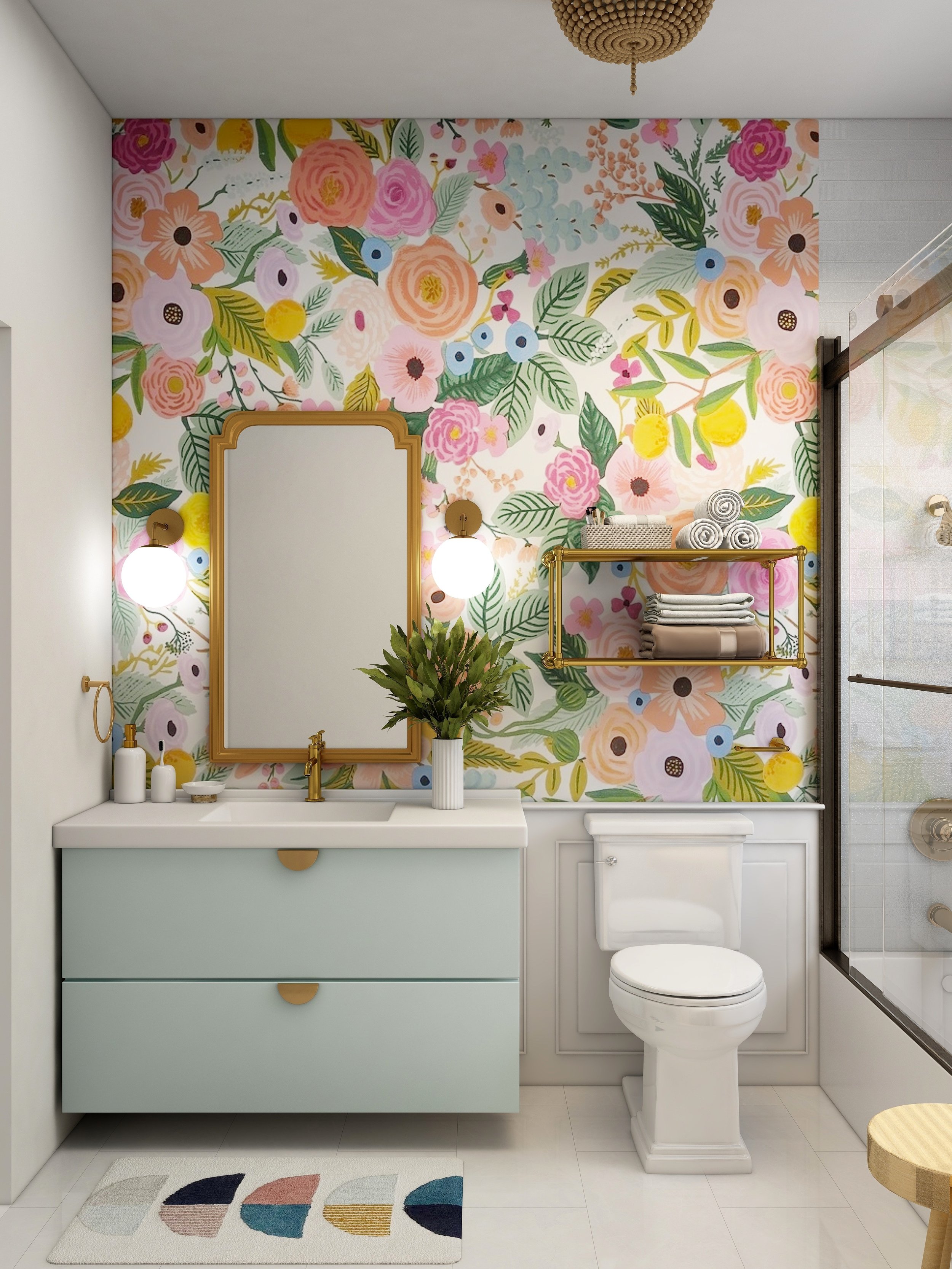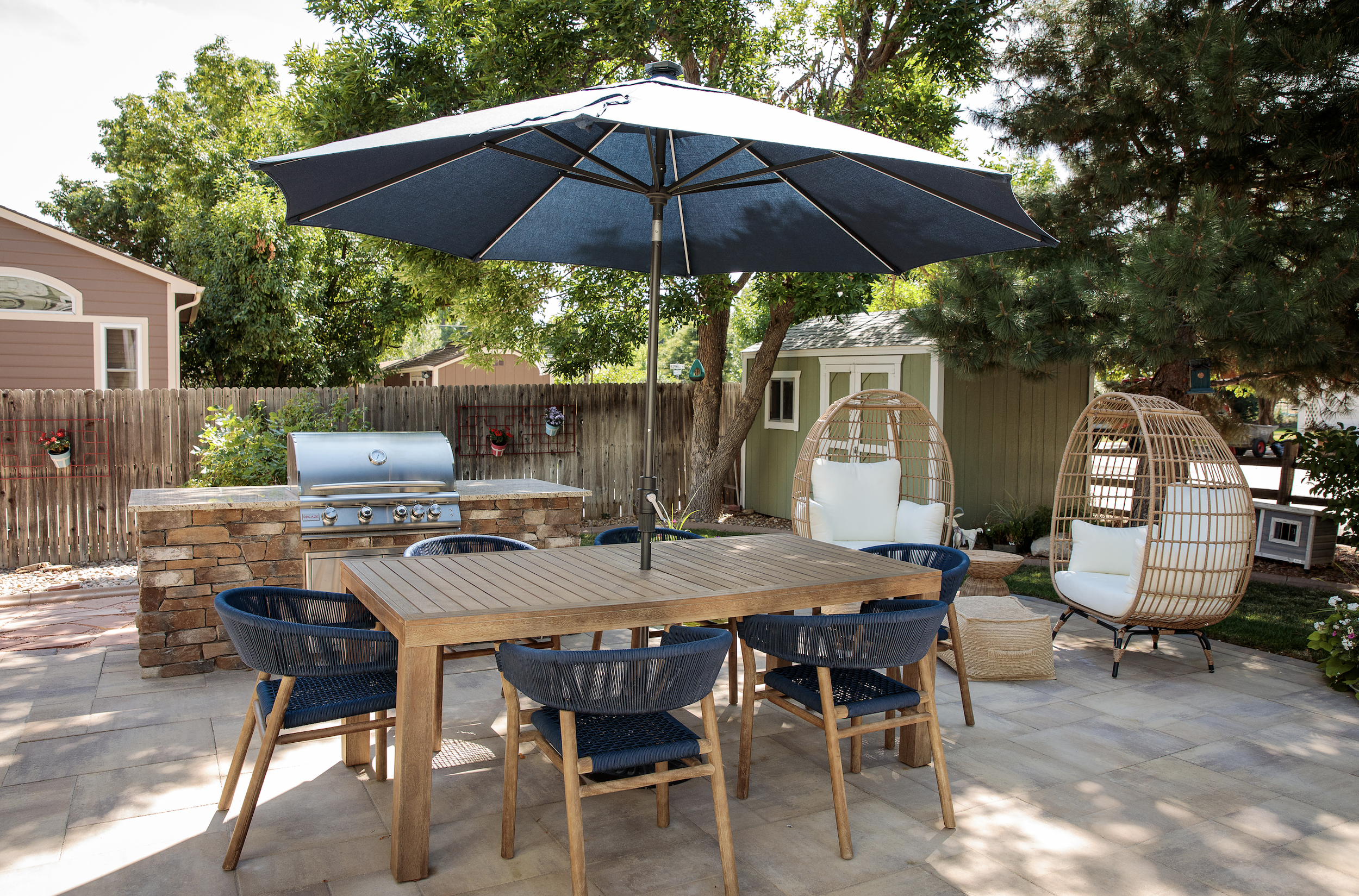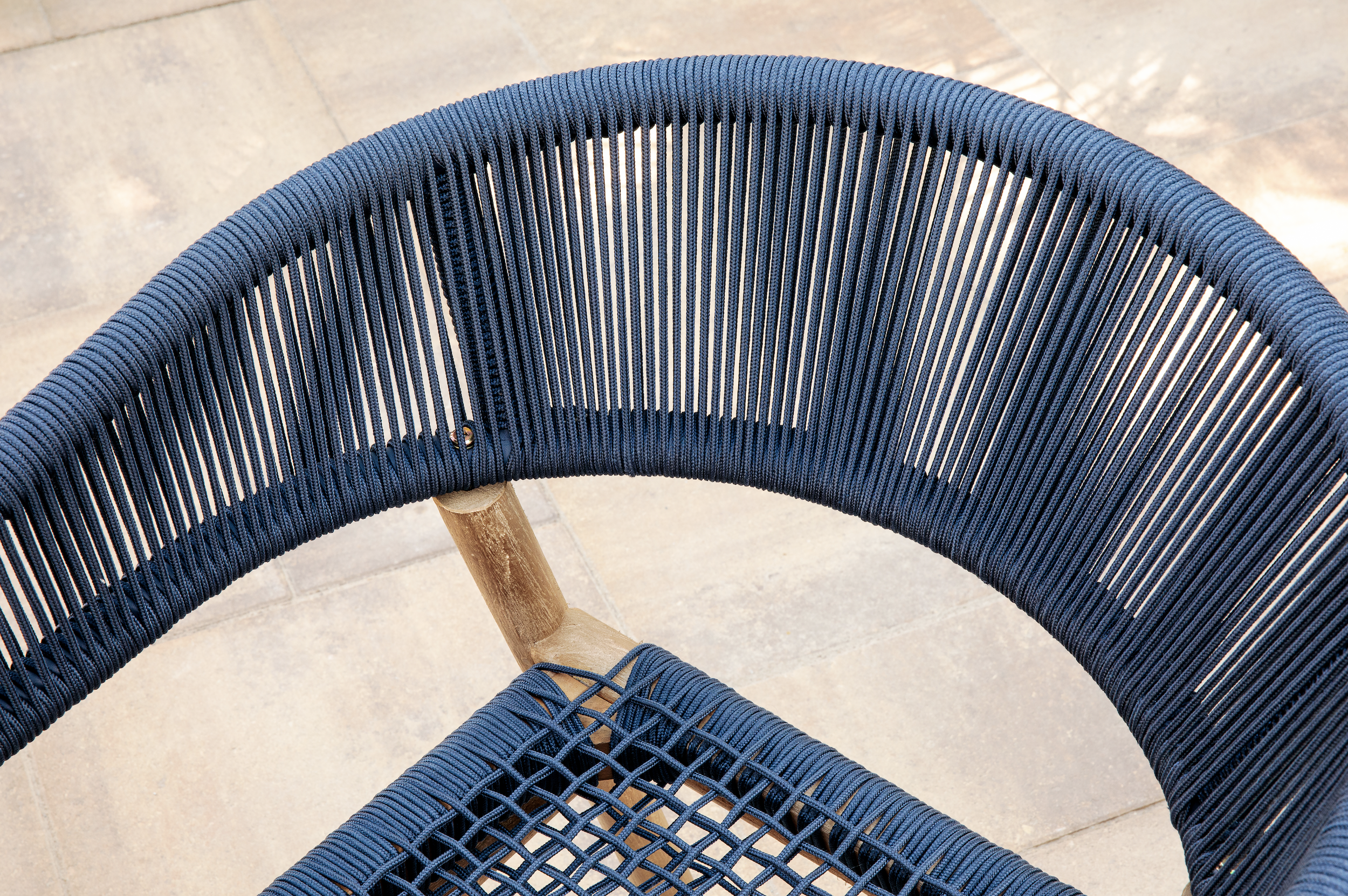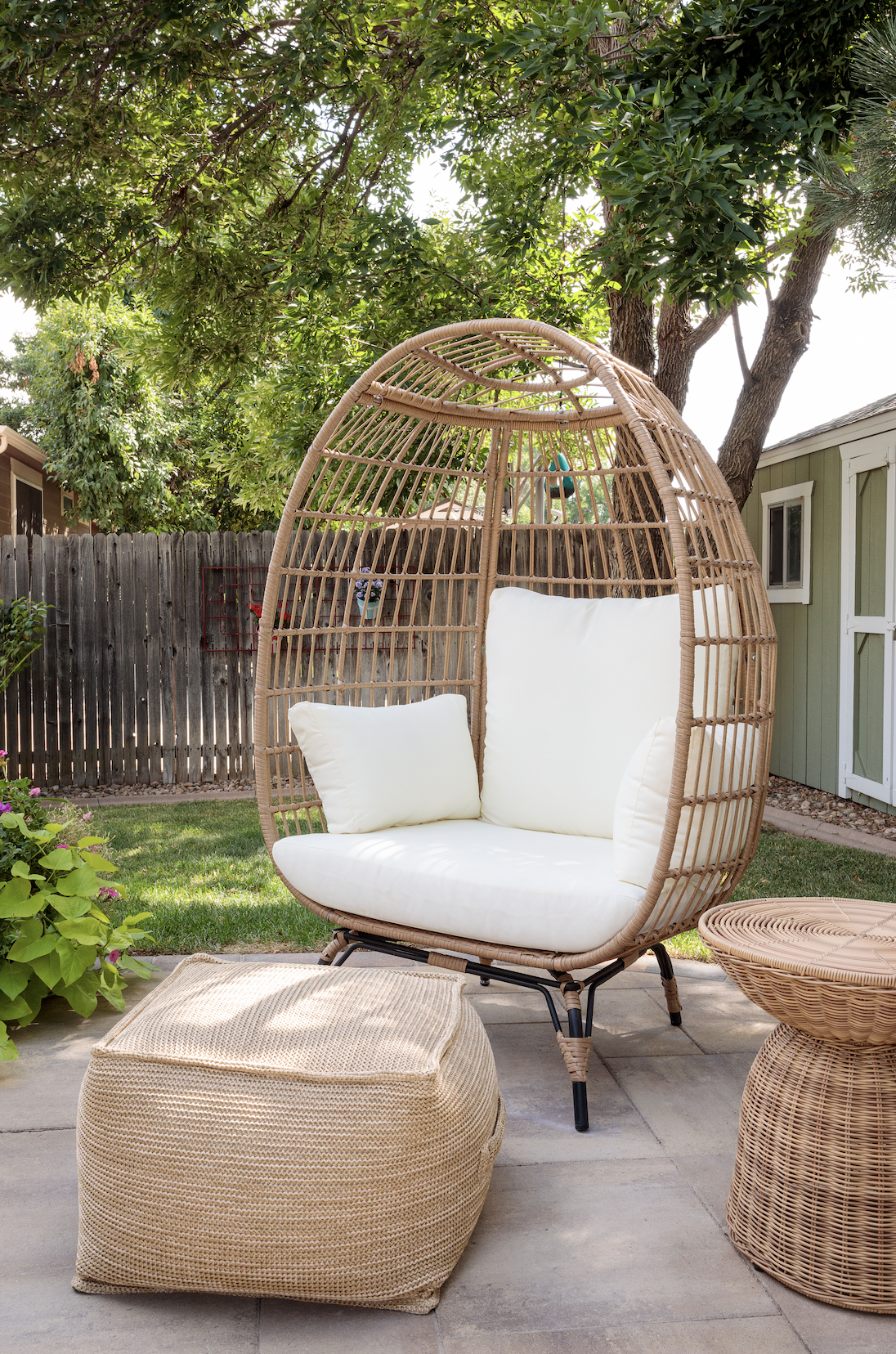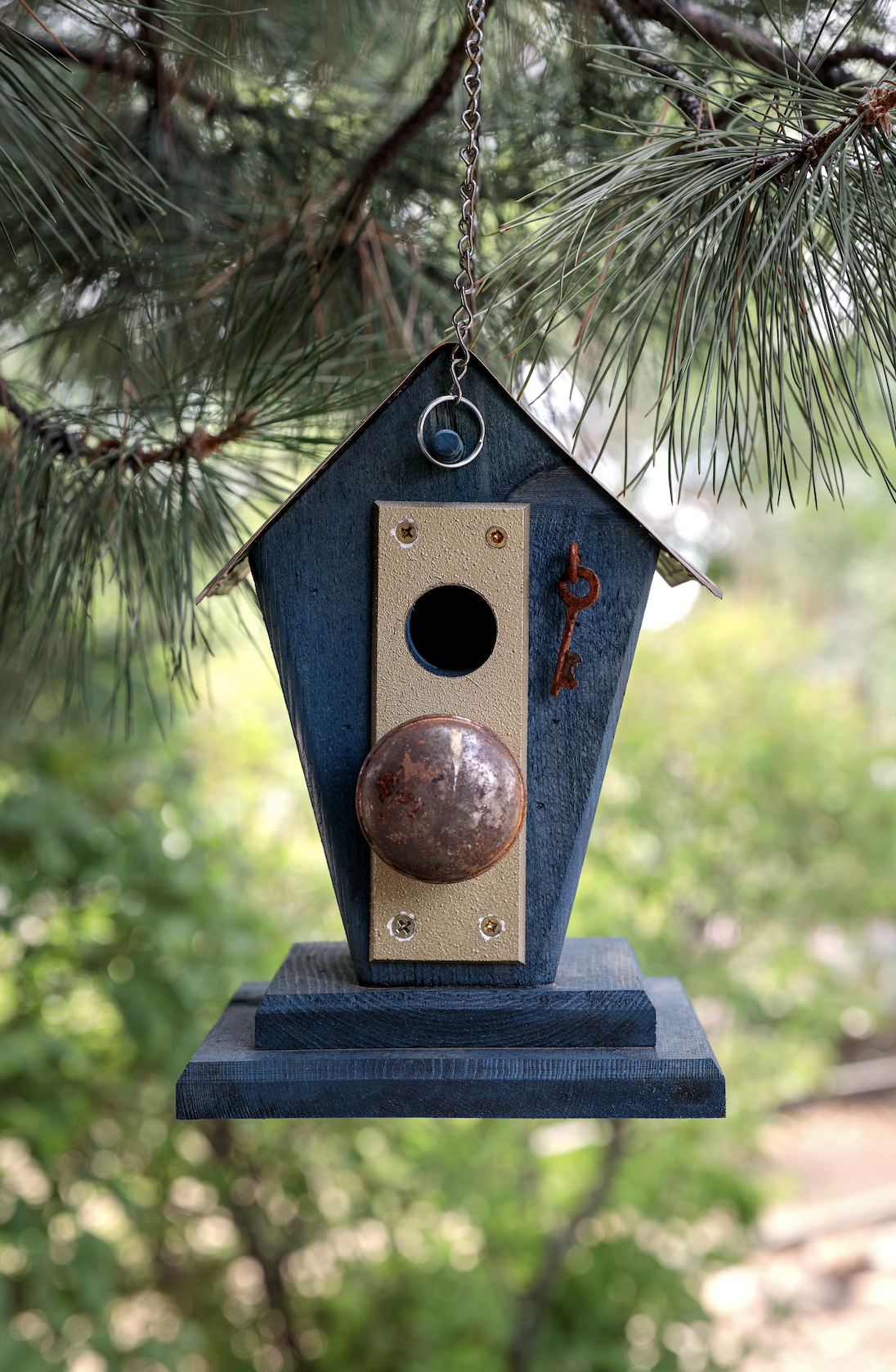With summer temperatures really ramping up, it can feel like you’re getting hit with a double-whammy.
Not only does it feel like you can’t get cool, but it can also feel like you’re emptying your wallet while trying to do so. So what gives? Why are you spending a fortune on your electric bill and still not feeling comfortable and chilled in your own home?
There might be some hidden culprits at play here that are keeping your house from cooling off, say pros. Life’s too short to not enjoy your home in the summertime, or any season throughout the year — so read on for HVAC professionals’ takes on the most common causes of a hot house (and how you can fix it).
Poor Insulation
Bundling up your home isn’t just important in winter. “The number of windows and doors, the thickness of your exterior walls, and the measure of your insulation’s ability to resist heat in your walls all drive how hard your AC will need to work,” says Kirk Newton, service manager at Reliable Heating & Air.
Your home will struggle to maintain a cool temperature as the cold air your AC produces escapes through leaky walls, windows, doors, and even the roof, adds Josh Mitchell, an HVAC technician and founder of Air Conditioner Lab.
“This situation increases your energy costs and can potentially shorten the lifespan of your AC unit,” Mitchell says. There is hope, however. Mitchell suggests considering upgrading your home’s insulation, focusing on the attic, external walls, doors, and windows. “Weatherstripping and sealing windows and doors can also prevent cool air from escaping,” he says.
Dirty or Clogged Air Filters
This is one of those things that many first-time homeowners don’t think about — out of sight, out of mind. But having clogged air filters definitely affects how efficient your AC will work in your home. “Over time, your AC’s filters can become clogged with dust and debris, causing your unit to work harder, reducing efficiency and potentially wearing out system components prematurely,” Mitchell says. “This can be addressed by cleaning or replacing your filters regularly, typically every one to three months, depending on usage and the local environment.”
Inadequate AC Unit Size
In this case, size really does matter. If your AC unit isn’t properly sized for the size of your home, then it won’t be able to cool it efficiently, says Mitchell. “If it’s too small, it may run continuously, and if it’s too large, it might cool too quickly without effectively dehumidifying,” he says. “To rectify this, consult with an HVAC professional who can perform a load calculation to determine the appropriate size unit for your home.”
Blocked Vents or Ductwork
If your air vents are located on the floor, it’s easy to accidentally block them with furniture. Check to make sure there’s nothing obstructing airflow for these vents, as it will “greatly hamper the AC’s ability to cool your home effectively,” Mitchell says.
Another thing to consider: If your ductwork is heavily soiled or blocked — say, by critter nests — that could also affect airflow. “Consider hiring a professional to clean it. Regular maintenance can help prevent such blockages,” Mitchell says.
A Thermostat That’s Set Too Low
While this reason might not make sense at first glance, it really can be preventing your home from cooling off. Setting your thermostat too low really impacts the way your unit works for your living space, Mitchells says. The too-low temp makes your unit work harder and uses way more energy — hence the high electricity bill at the end of the month. So how do you make the temperature comfortable and just “low enough?”
“The U.S. Department of Energy recommends a setting of 78 degrees Fahrenheit (25.5 degrees Celsius) when you’re at home during the summer months,” Mitchell says. If you’re not home and don’t have pets, consider setting it even higher than that — there’s little need to cool an empty space.
Bare Windows
Direct sunlight is remarkably effective at raising the indoor temperature of your home, especially if your windows face south. Simply hanging thermal curtains that block out the sun during the day can make a big difference.
Up for a slightly bigger project? The U.S. Department of Energy says that installing awnings can decrease heat gain caused by the sun by 65 percent for south-facing windows and 77 percent for west-facing ones.
An Outdated or Malfunctioning Unit
Much like anything in a home, the longer an air conditioner has been used, the less optimal the output. Your AC unit loses efficiency over time, which means it will have to work even harder to cool your space, resulting in higher energy costs and less comfort, says Mitchell. “Regular maintenance can help prolong your unit’s life, but eventually you’ll likely need to replace it with a newer, more efficient model,” he says. Your unit should be updated after 10 and 15 years of use.
Lack of Regular Maintenance
“Just like a car, AC units need regular tune-ups to operate efficiently,” Mitchell says. And Greg Donahue, product manager at Reliance Home Comfort, recommends having your AC unit serviced at least once a year. In fact, Donahue says, that step is actually required by most manufacturers in order to maintain their product warranty.
Simple maintenance tasks that should be performed more frequently include checking your air filters and your outdoor unit, says Mitchell. “Depending on the type of filter your AC unit uses and the air quality in your home, you may need to clean or replace your filters every one-to-three months,” he says. He adds that this helps maintain optimal airflow and efficiency and improves indoor air quality, too.
You should also regularly check your outdoor unit to ensure it’s free of debris like leaves or grass that could interfere with your system’s airflow. In the end, even if you have the best air conditioning unit money can buy, it will struggle to keep your home cool if you’re not giving it a little help along the way.
Keep reading on Apartment Therapy.
Related Links
If there is a home that you would like more information about, if you are considering selling a property, or if you have questions about the housing market in your neighborhood, please reach out. We’re here to help.
Search Homes in Colorado
Search Homes in Oklahoma
Search Homes in Oregon
Search homes in Minnesota



